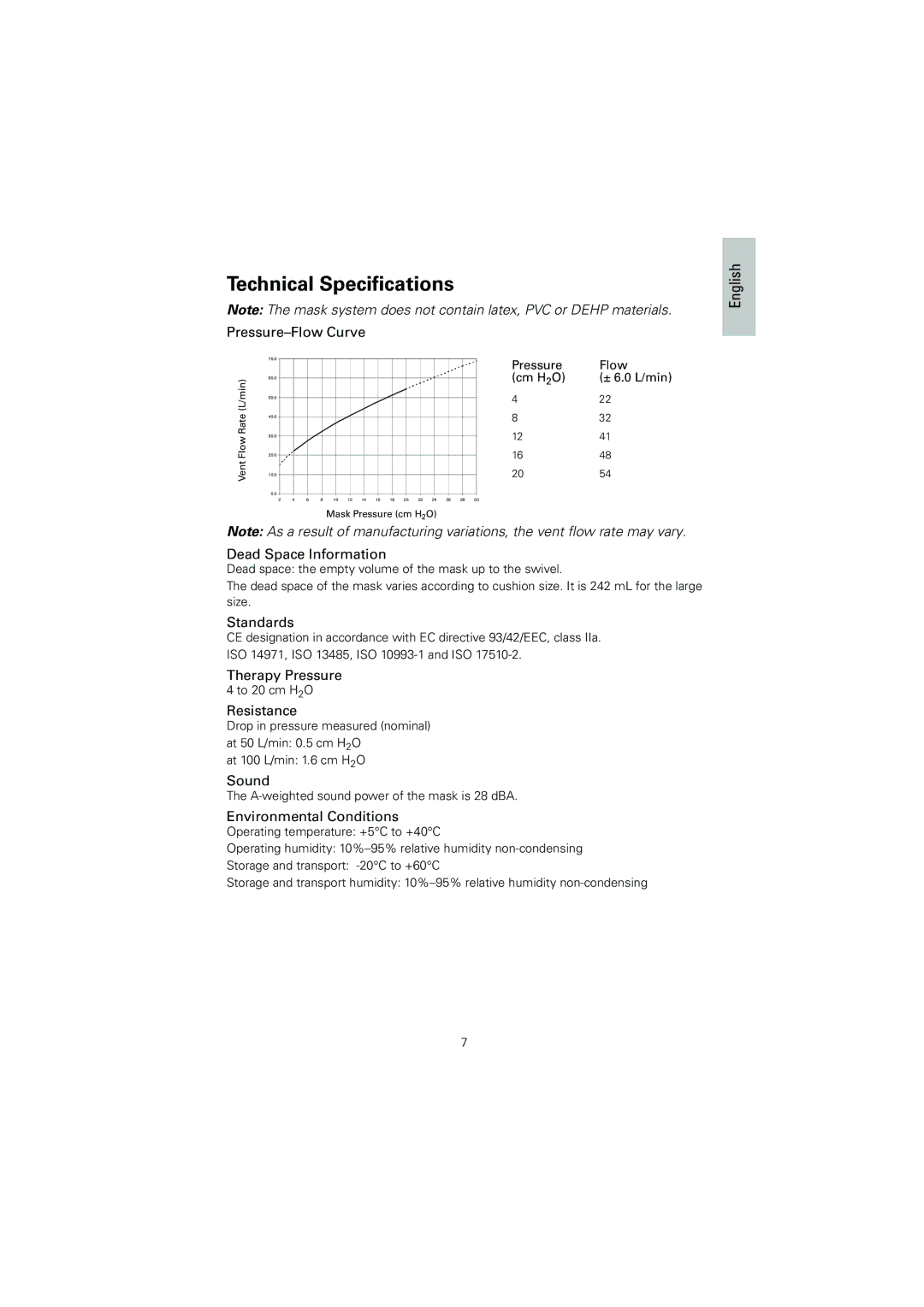618362 specifications
ResMed 618362 is a cutting-edge medical device designed to revolutionize respiratory therapy for patients with obstructive sleep apnea (OSA) and other respiratory disorders. As part of ResMed's reputation for innovation, this device brings together advanced technology and user-friendly features to enhance patient comfort and treatment adherence.One of the key features of the ResMed 618362 is its Adaptive Airflow Technology. This technology allows the device to automatically adjust the pressure delivered to the patient based on their breathing patterns. By continuously monitoring the patient’s airflow, it ensures a comfortable experience throughout the night by adapting to changes in their position or sleep stage, minimizing interruptions.
The device is equipped with a sleek, lightweight design, making it highly portable and easy to use. This is particularly beneficial for patients who travel frequently or wish to use the device at different locations. The compact size does not compromise on performance; it maintains consistent pressure levels for effective therapy.
Another noteworthy characteristic of the ResMed 618362 is its Quiet Operation. The device is engineered to produce minimal noise, allowing for a more peaceful sleep environment both for the patient and their partners. This is crucial, as noise can often be a deterrent for patients adhering to their prescribed therapy.
Connectivity is also a strong feature of the ResMed 618362. The device is integrated with cloud technology, enabling healthcare providers to remotely monitor patient data in real-time. This connectivity allows for timely interventions and adjustments in therapy, improving overall treatment outcomes. Patients can also access their usage data through a user-friendly mobile app, empowering them to take an active role in managing their sleep health.
Moreover, the ResMed 618362 emphasizes user comfort with its customizable mask options. The device supports a variety of mask styles, ensuring a proper fit for different facial structures and personal preferences. This helps in reducing the chances of mask leaks and enhances treatment efficacy.
Overall, the ResMed 618362 stands out as a sophisticated solution for those suffering from sleep apnea. With its advanced adaptive technology, portability, quiet operation, and strong connectivity features, it undoubtedly promotes better health outcomes and improves the overall quality of life for users. As healthcare continues to evolve, devices like the ResMed 618362 demonstrate the importance of patient-centered design in respiratory therapy.

